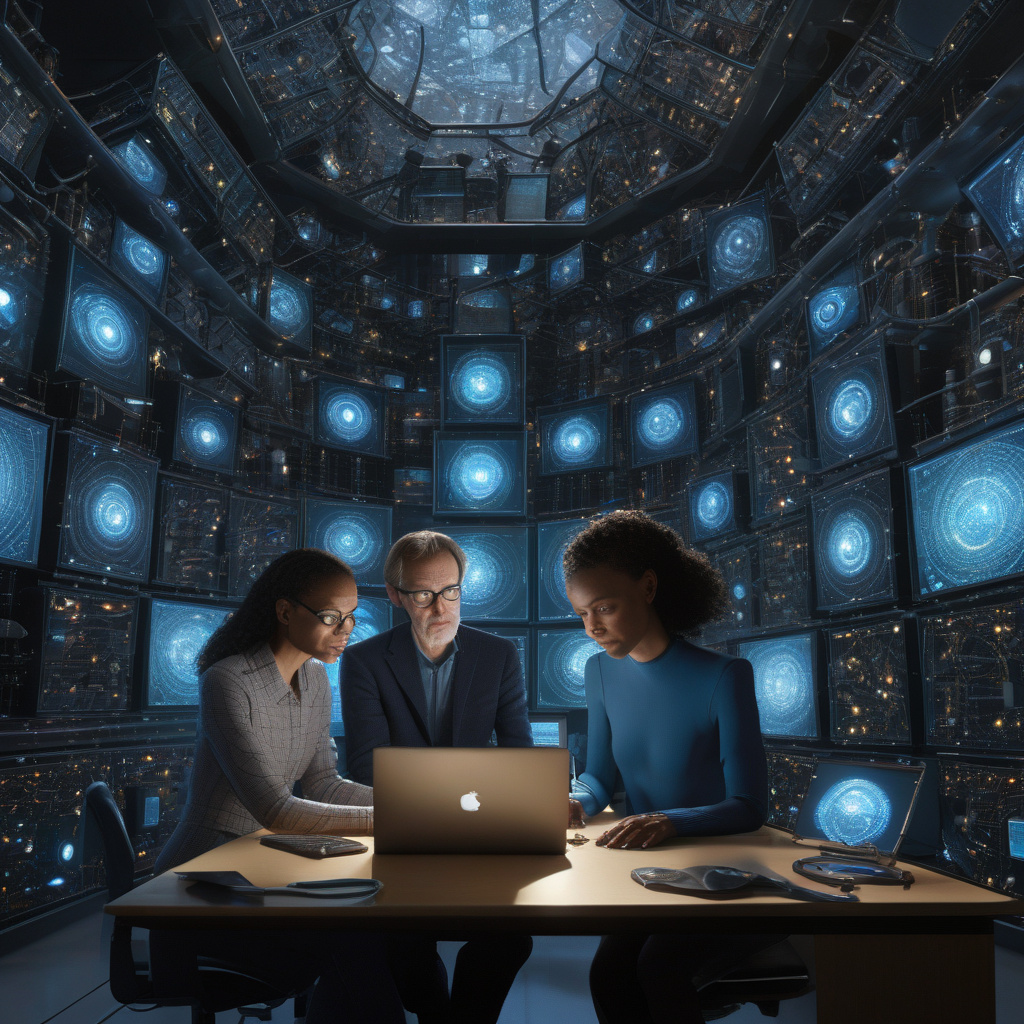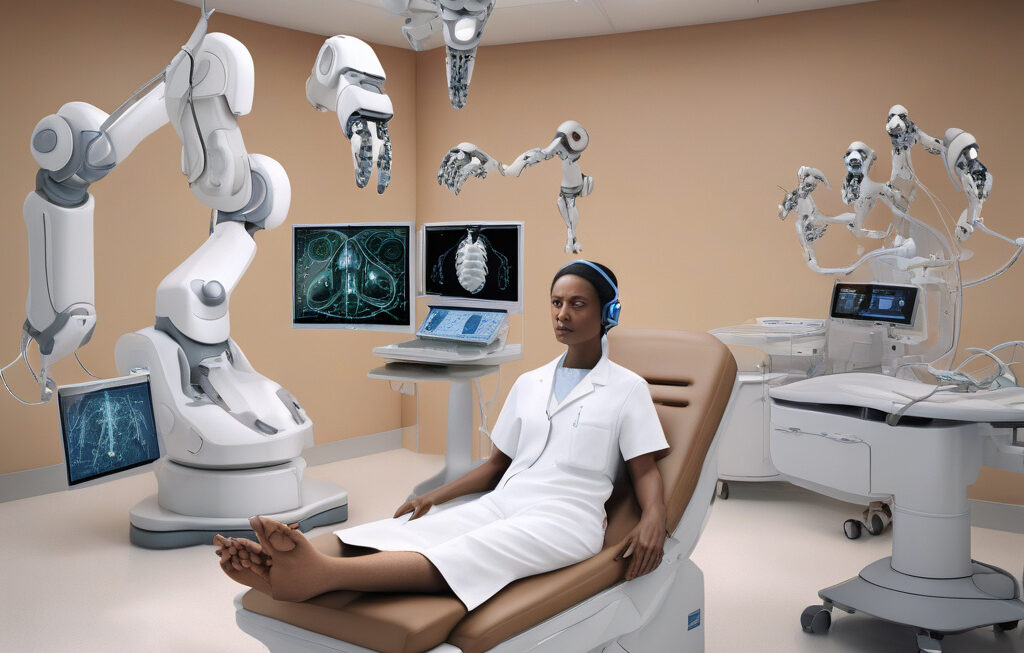Physicists ‘dialogue’ with AI to unlock quantum puzzle neither could solve alone
A scarcity of data is a major issue in scientific research. If you want to push the boundaries of human knowledge, you often find yourself at the mercy of limited data availability. This challenge becomes even more pronounced in the complex realm of quantum physics, where mysteries abound and solutions are often elusive.
In a groundbreaking collaboration, physicists have turned to artificial intelligence (AI) to tackle a quantum puzzle that has stumped even the brightest minds in the field. By combining the analytical prowess of AI with the deep theoretical understanding of physicists, they are hoping to unlock new insights into the behavior of quantum systems.
One of the key advantages of AI in this context is its ability to process vast amounts of data at speeds far beyond human capacity. Quantum physics, with its intricate equations and unpredictable outcomes, generates an immense volume of data that can be overwhelming for researchers to analyze manually. AI algorithms excel at identifying patterns in this data, revealing hidden correlations, and even making predictions based on incomplete information.
But AI is not a magic bullet. While it excels at data processing, it lacks the intuition and creativity that human physicists bring to the table. By fostering a dialogue between AI and human researchers, a synergistic relationship emerges where each party compensates for the other’s limitations. The AI can crunch the numbers and spot trends, while the physicists can interpret the results, ask the right questions, and guide the direction of the research.
This collaborative approach has already borne fruit in several quantum physics projects. For example, researchers at a leading university used AI to analyze experimental data from a quantum computing setup. The AI algorithm identified subtle correlations between different parameters that had previously gone unnoticed, leading to a breakthrough in optimizing the system’s performance.
In another study, physicists working on quantum entanglement – a phenomenon where particles become interconnected regardless of the distance between them – teamed up with AI experts to unravel the underlying mechanisms. By feeding the AI with theoretical models and experimental data, they were able to refine their understanding of how entanglement works and explore potential applications in quantum communication and computing.
The success of these projects underscores the power of collaboration between humans and AI in pushing the boundaries of scientific knowledge. By combining the strengths of both parties, researchers can overcome the limitations of scarcity of data and accelerate the pace of discovery in complex fields like quantum physics.
As we look to the future, the partnership between physicists and AI holds great promise for unlocking more quantum puzzles and expanding our understanding of the fundamental laws that govern the universe. By embracing collaboration and harnessing the complementary strengths of humans and machines, we are poised to make unprecedented breakthroughs that were once thought impossible.
In the quest to unravel the mysteries of the quantum world, physicists are finding that the key to success lies in dialogue – not just with each other, but with artificial intelligence as well.
#Physics #AI #QuantumPhysics #ScientificResearch #Collaboration












